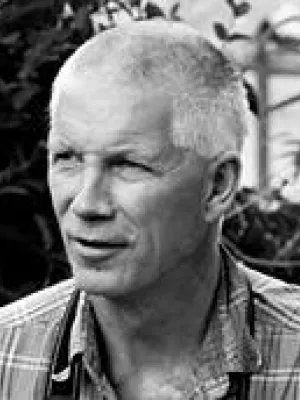
Jonas Ardö
Professor

Spatiotemporal variability in carbon exchange fluxes across the Sahel
Author
Summary, in English
Semi-arid regions play an increasingly important role as a sink within the global carbon (C) cycle and is the main biome driving inter-annual variability in carbon dioxide (CO2) uptake by terrestrial ecosystems. This indicates the need for detailed studies of spatiotemporal variability in C cycling for semi-arid ecosystems. We have synthesized data on the land-atmosphere exchange of CO2 measured with the eddy covariance technique from the six existing sites across the Sahel, one of the largest semi-arid regions in the world. The overall aim of the study is to analyse and quantify the spatiotemporal variability in these fluxes and to analyse to which degree spatiotemporal variation can be explained by hydrological, climatic, edaphic and vegetation variables. All ecosystems were C sinks (average ± total error -162 ± 48 g C m-2 y-1), but were smaller when strongly impacted by anthropogenic influences. Spatial and inter-annual variability in the C flux processes indicated a strong resilience to dry conditions, and were correlated with phenological metrics. Gross primary productivity (GPP) was the most important flux process affecting the sink strength, and diurnal variability in GPP was regulated by incoming radiation, whereas seasonal dynamics was closely coupled with phenology, and soil water content. Diurnal variability in ecosystem respiration was regulated by GPP, whereas seasonal variability was strongly coupled to phenology and GPP. A budget for the entire Sahel indicated a strong C sink mitigating the global anthropogenic C emissions. Global circulation models project an increase in temperature, whereas rainfall is projected to decrease for western Sahel and increase for the eastern part, indicating that the C sink will possibly decrease and increase for the western and eastern Sahel, respectively.
Department/s
- Dept of Physical Geography and Ecosystem Science
- BECC: Biodiversity and Ecosystem services in a Changing Climate
Publishing year
2016-10-15
Language
English
Pages
108-118
Publication/Series
Agricultural and Forest Meteorology
Volume
226-227
Full text
Links
Document type
Journal article
Publisher
Elsevier
Topic
- Meteorology and Atmospheric Sciences
- Environmental Sciences related to Agriculture and Land-use
Keywords
- Carbon dioxide
- Climate change
- Dryland
- Net ecosystem exchange
- Photosynthesis
- Respiration
Status
Published
ISBN/ISSN/Other
- ISSN: 0168-1923

